Table of Contents
Most people treat curtains like a last-minute add-on. An afterthought. But the right window treatment doesn’t just tie the room together, it can completely change how the space feels, even if you don’t move a single piece of furniture.
Learn how changing your curtains can transform the entire room with fresh styles, colors, and textures that instantly elevate your home decor.
It’s Not Just Decoration, It’s Atmosphere
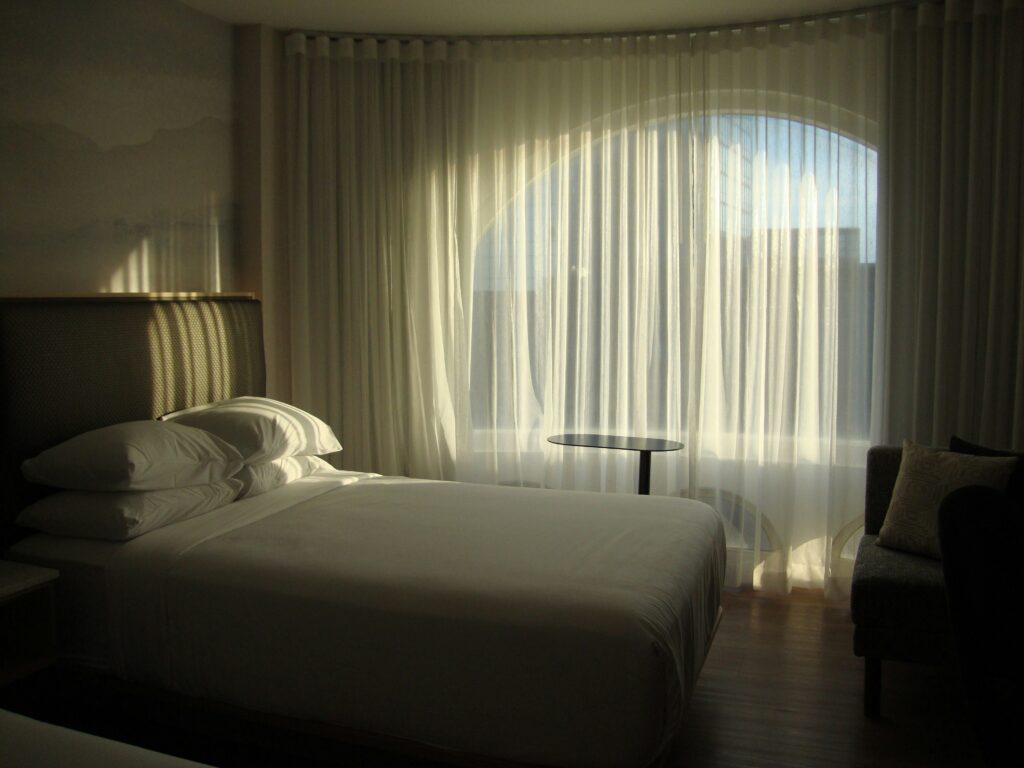
Curtains affect light, mood, temperature, and even how big or small a room looks. Swapping them out is one of the easiest upgrades you can make, and it has a bigger visual impact than painting a wall or buying new furniture.
Think of them as a design shortcut. You don’t need to redo your whole room — just rethink what’s hanging at the windows.
Curtains Control the Light, and That Changes Everything
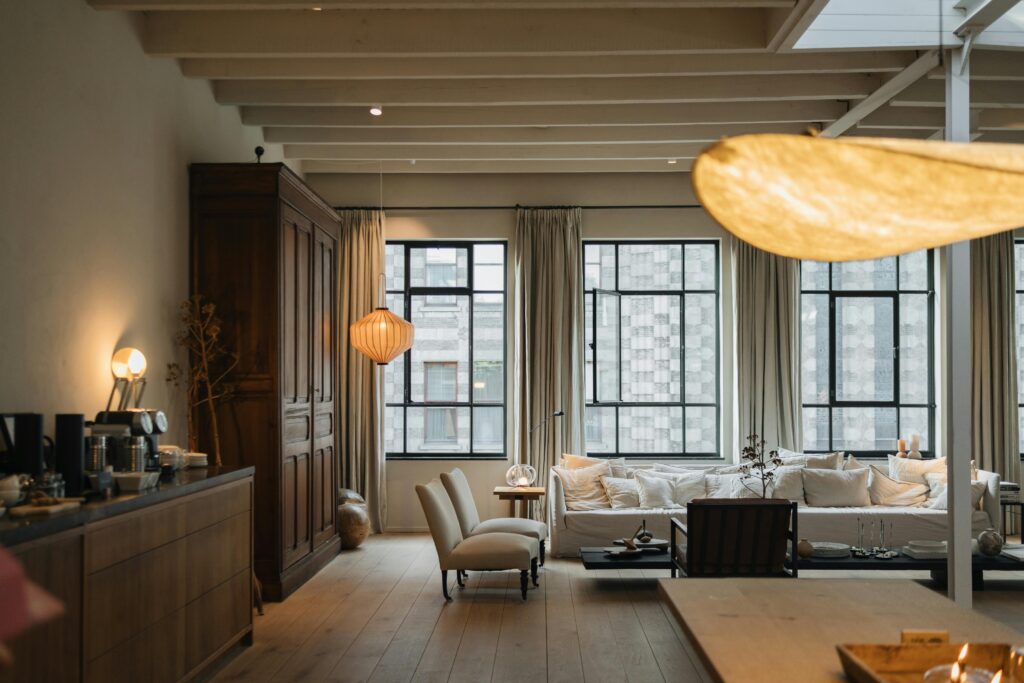
Harsh, direct sunlight can wash out a space and make it feel cold. Not enough light makes a room feel heavy. Curtains help you control that balance.
Sheer curtains soften natural light, giving a room a calm, airy feel without cutting it off completely. Thicker drapes, on the other hand, can block glare and give the space a cozier, more private vibe, especially in bedrooms and living rooms.
In rooms that double as media or nap zones, blackout curtains can be a game-changer. They make a space instantly feel more grounded and purposeful.
The Illusion of Space Is in the Hang
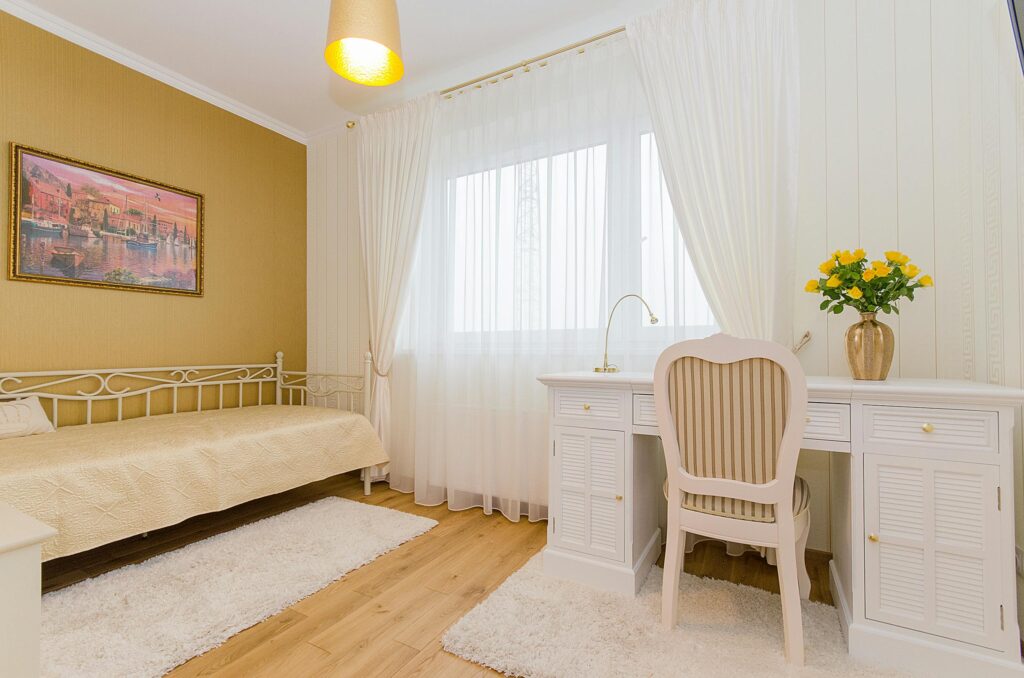
Curtains don’t just go over windows, they frame them. And how you hang them makes a difference.
Mount curtain rods high above the window frame to create the illusion of taller ceilings. Let the panels drop all the way to the floor to make the room feel bigger. Even in a smaller space, these simple tweaks add vertical lift and polish.
Avoid curtains that stop at the window sill unless you’re going for a very casual or practical look, like in a kitchen or bathroom.
Texture Adds Warmth Without Clutter
If your space feels cold or unfinished, it’s often not because it’s messy; it’s because it lacks texture. Curtains fix that fast.
Linen adds an easygoing, organic vibe. Velvet brings depth and a touch of drama. Cotton is clean and crisp. Even simple woven blends can make a room feel warmer and more complete.
You don’t need patterns or bright colors. Just the presence of fabric at the windows brings softness that hard surfaces can’t offer.
Use Color to Anchor or Brighten the Space
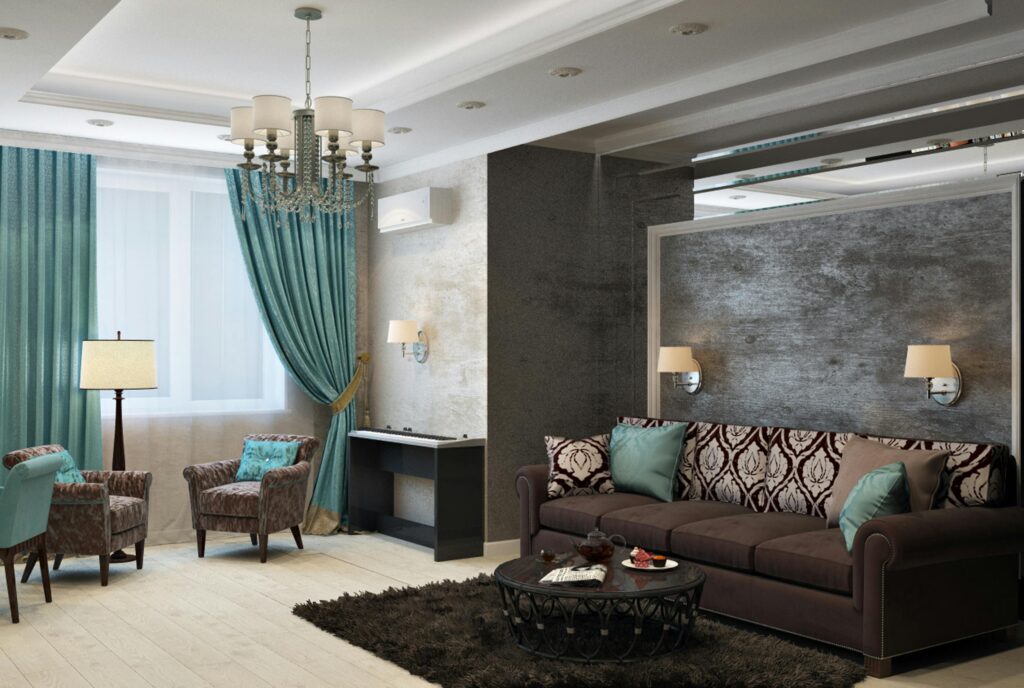
Curtains can be bold or subtle, but either way, they impact how the rest of the room comes together. If your space feels like it’s floating, too much white, too many disconnected pieces, darker curtains can anchor it. If your room feels heavy or outdated, lighter curtains can lift it visually.
Here’s how to make color work without overthinking it:
- Match the curtain color to one other item in the room (a rug, a throw pillow, a piece of art) to tie everything together.
- Use neutral curtains if you already have a lot going on elsewhere; it gives the eye a place to rest.
- Go with color-blocked panels or subtle patterns if you want a small design hit without going full statement.
Keep the hardware in mind too. black rods feel modern, brass warms things up, and wood brings a more casual, earthy feel.
Make Kids’ Rooms More Flexible and Functional
Curtains aren’t just about style in a kid’s room, they’re a tool. Blackout curtains help with naps. Fun patterns or bright colors make the space feel playful. And full-length panels can be pulled back easily for daylight and drawn at night to help with bedtime wind-down.
Even better? They’re easy to update as your kid grows. You don’t need to repaint or buy new furniture. Just swap out the curtains and the whole room grows up with them.
Multi-Layer Curtains Add Options (Without Making Things Complicated)
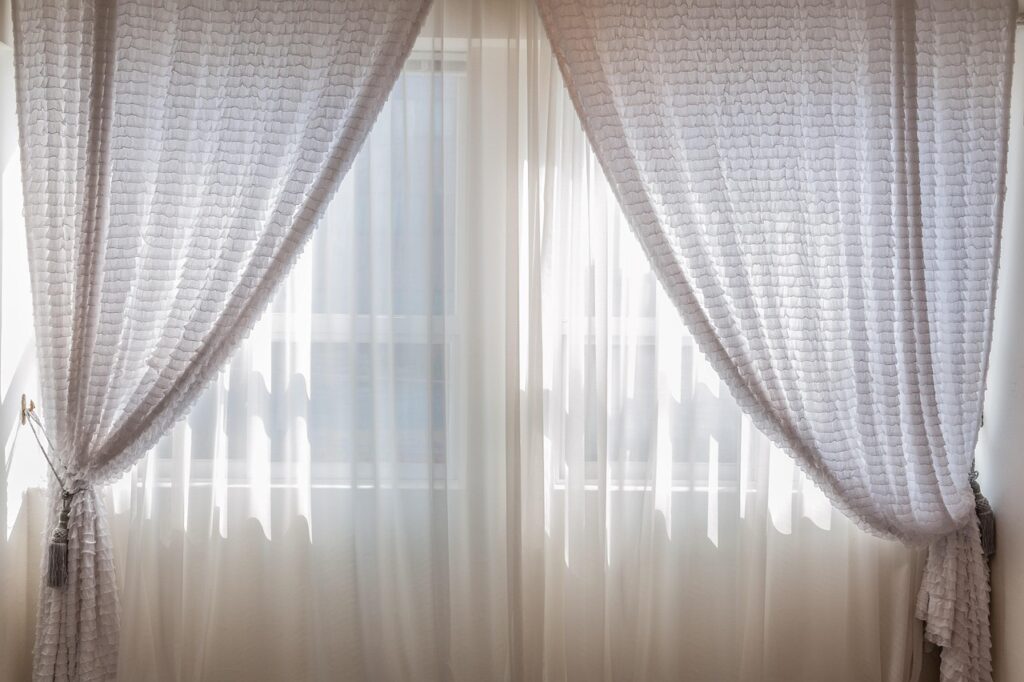
Want light during the day but privacy at night? Layering gives you both.
Use a sheer inner curtain for filtered daylight and a heavier outer curtain for nighttime or naps. This isn’t just for looks — it makes the room more functional across different times of day.
You can also get curtain rods designed for double layers, so it’s still clean and simple to operate. It’s one of those upgrades that once you try, you don’t want to go back.
Easy Fixes for Common Problems
If you’ve avoided updating your curtains because something felt off, you’re not alone. Most people get the details wrong, not the idea.
Try these quick fixes:
- Curtains too short? Replace with longer panels or hang the rod higher on the wall to create the illusion of height.
- Rod sagging in the middle? Add a center support bracket or upgrade to a sturdier rod.
- Panels too narrow? Make sure the total width of both panels is about double the width of the window for proper coverage.
- Curtains just look “off”? The issue might be the color or fabric — try switching to something lighter, heavier, more textured, or more neutral to rebalance the room.
Small adjustments can completely change how the space feels, without a full redesign.
Curtains Are a Design Hack That Doesn’t Feel Like One
You don’t need an interior designer to make your space feel polished. Just updating your window treatments gives the whole room a more finished, intentional look, even if nothing else changes.
It’s fast, affordable, and surprisingly satisfying. Especially when your living room starts looking like you meant to design it that way, not just stumbled into a furniture arrangement.

Hi, I’m Christian, a 43-year-old father of two and a lifelong DIY enthusiast. My workshop is where I spend countless hours experimenting, upgrading, and fine-tuning. Sharing my experiences and practical advice is my way of helping others create homes they love.




